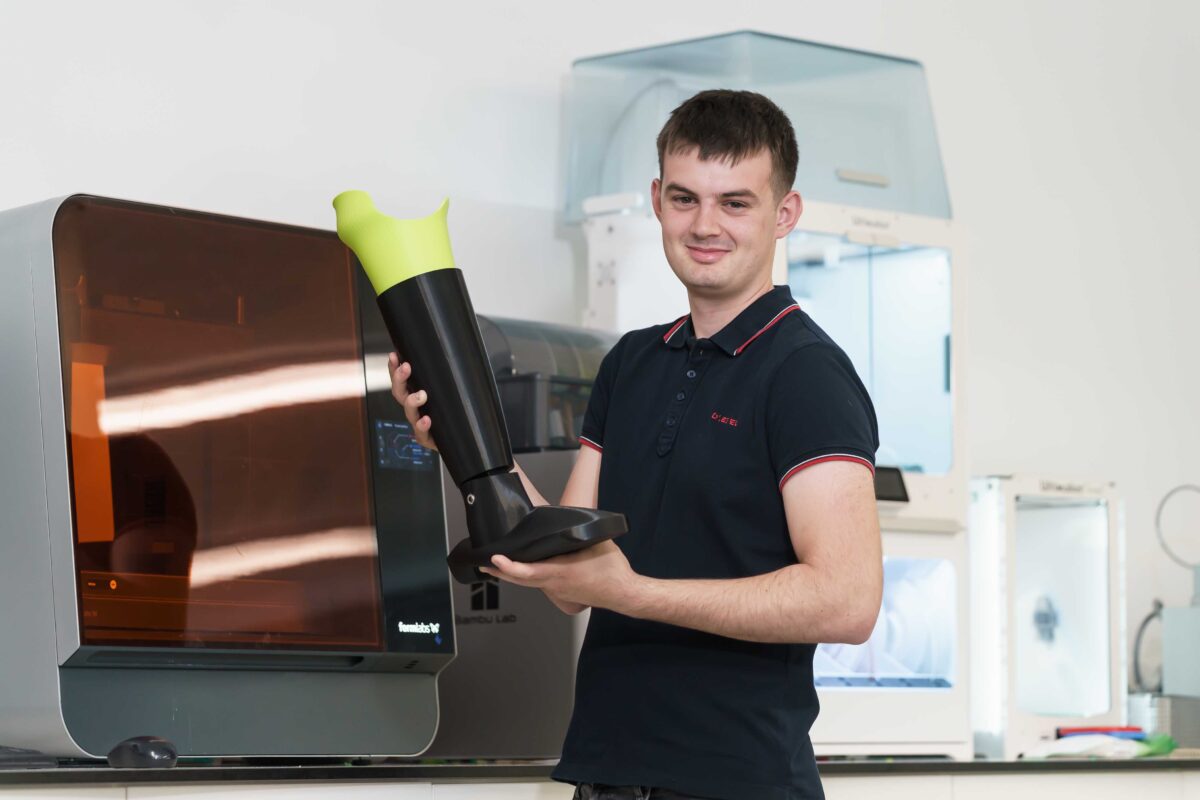Bat research project set to revolutionise the monitoring of small-bodied animals

The fascinating role played by bats in many ecosystems is being explored in a project led by academics from the University of Chester.
Dr Christina Stanley; Professor Tessa Smith and PhD student Lucy Morison are working closely with the Vincent Wildlife Trust and Professor Yu Shi at the University of Leeds to combine innovative technological, behavioural and endocrinological (the study of hormones) approaches to advance the understanding of small-bodied bats’ responses to human-induced environmental changes.
The Social Lives of Bats will be explored in a free talk open to the public by Christina on Saturday, July 6 as part of the University’s Festival of Ideas. Christina will discuss how some bats actively maintain friendships, have a complex social life and even share food to save others’ lives.
Launched in September last year The BATMAN Project, has been made possible due to a research grant from the Leverhulme Trust. As part of this project, the nanotechnology being developed will revolutionise how small-bodied animals are tracked worldwide.
The team has been collecting data from ten selected bat roosts in North Wales including monitoring the environment both within and outside roosts, as well as collecting faecal samples to analyse hormone levels. Ultrasonic microphones have been placed inside roosts. These will not only allow the team to gather data on the bats’ movements, they will also allow them to hear what the bats are saying to each other!
Bats are vital to the functioning of many ecosystems by controlling insect populations, pollinating plants and dispersing seeds. In the UK, bats have protected status, but they are still at a high risk from sound and light pollution as these can impact their ability to forage successfully. Human impacts could also negatively affect their physiological functioning due to stress responses.
Most UK bat species have very small bodies and a nocturnal lifestyle meaning that there has been up until now a very limited understanding of their individual responses to stressors. Existing methods such as GPS trackers are too heavy for many bat species due to the size of the batteries needed.
The team is working to develop ultralight and self-powered wearable devices to monitor the real-time movements of individual bats remotely. When attached to the bat to replace the traditionally used ID rings, these harvesters will use the bats’ natural movements to provide power for the sensor therefore removing the need for a heavy battery. This will allow the team to investigate their social networks to get a better idea of their social lives.
The team is also developing species-specific methods to quantify the levels of hormones in bat faeces, allowing us to better understand their responses to stress.
Christina said:
“Our wearable devices will allow the movements, behaviour and social networks of individual small-bodied bats to be reliably quantified for the first time. The work on stress hormones overseen by Professor Tessa Smith will also pave the way for others to study stress responses in this species, therefore improving our understanding of human-induced impacts on bat welfare.
“In combination, these approaches will enable a giant leap forward in monitoring vulnerable species worldwide.”
Tessa added:
“We would like to thank all the partners in this project who have enabled us to carry out such groundbreaking work to further understand the needs of the wildlife around us. Our novel work will make a significant contribution to the conservation of this fascinating, valuable UK species.”











Responses